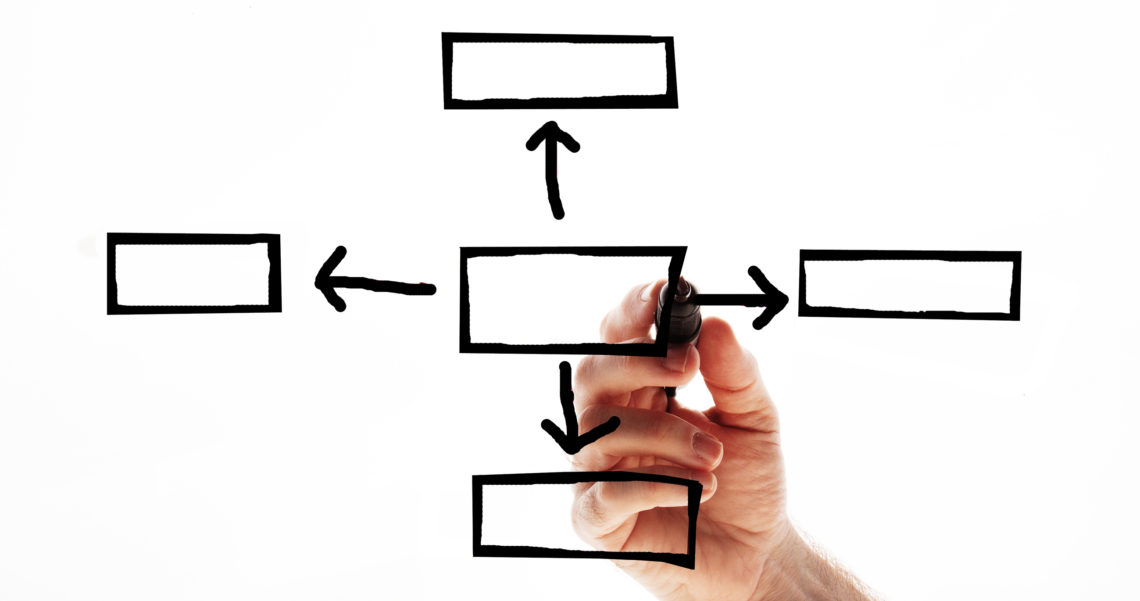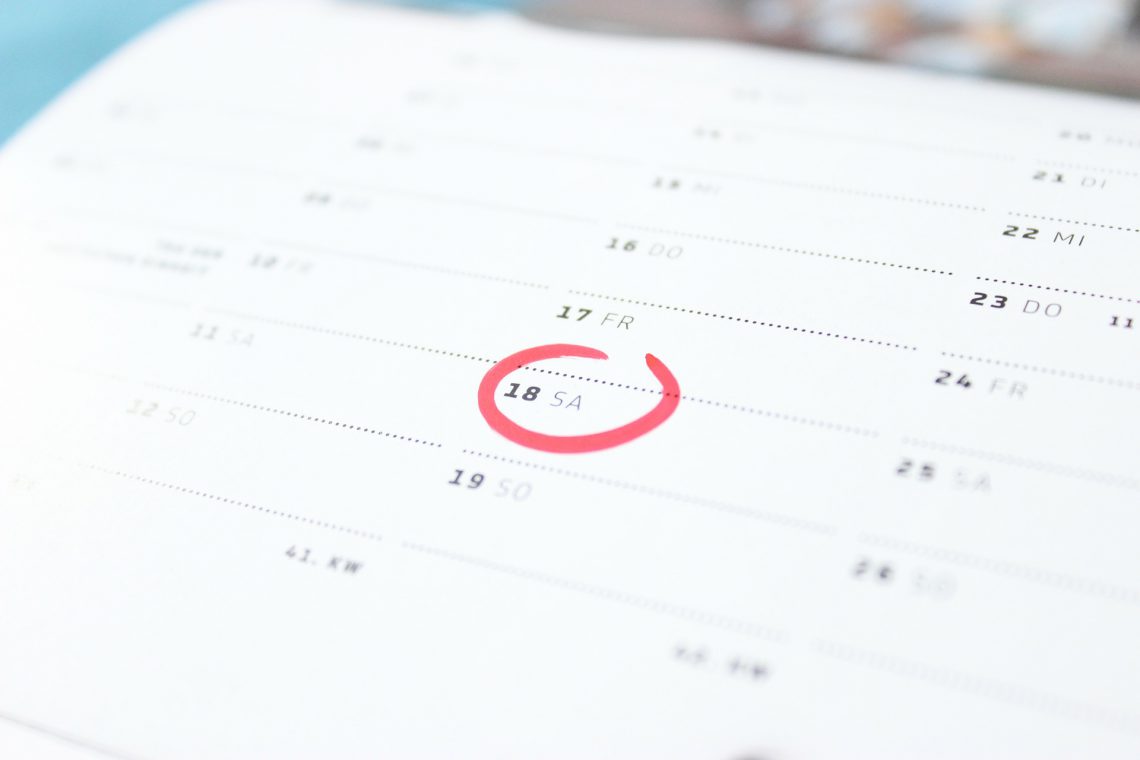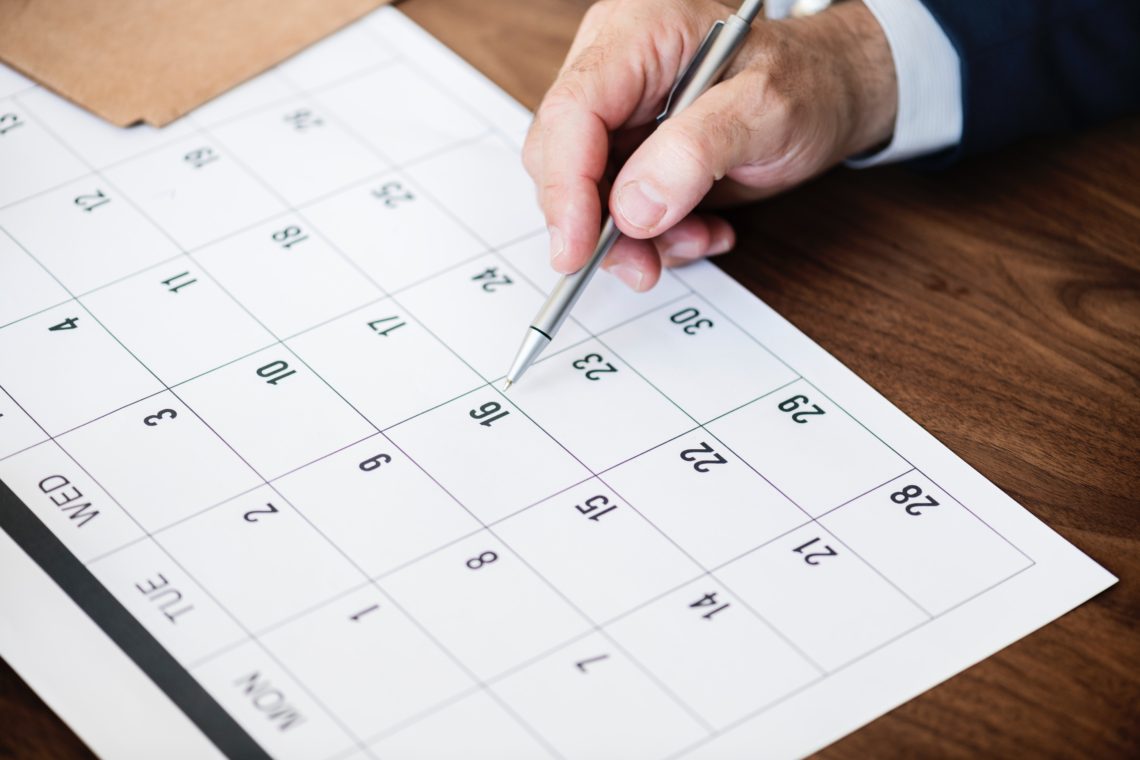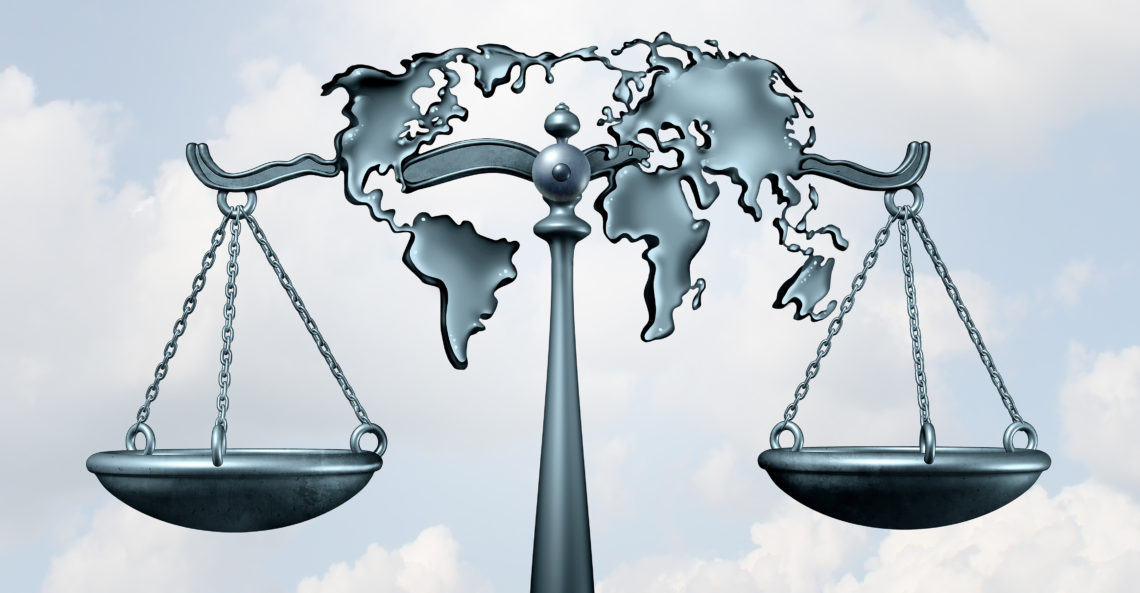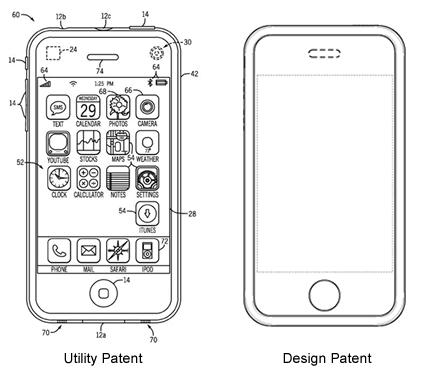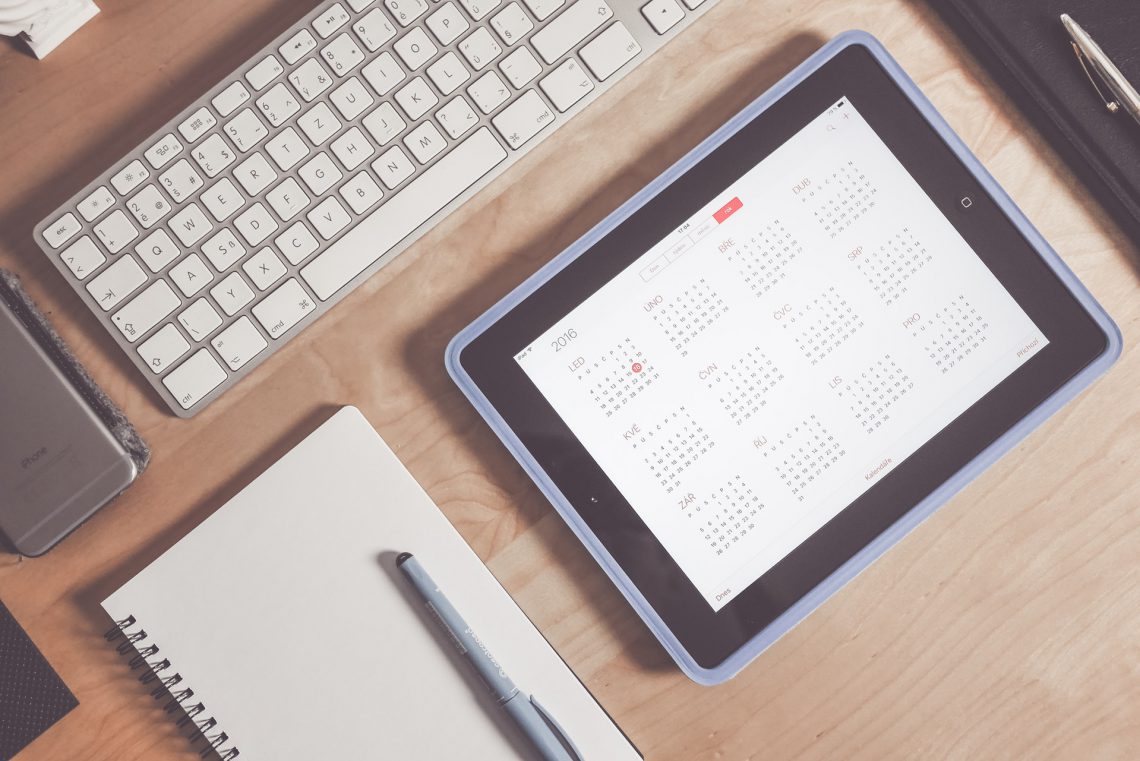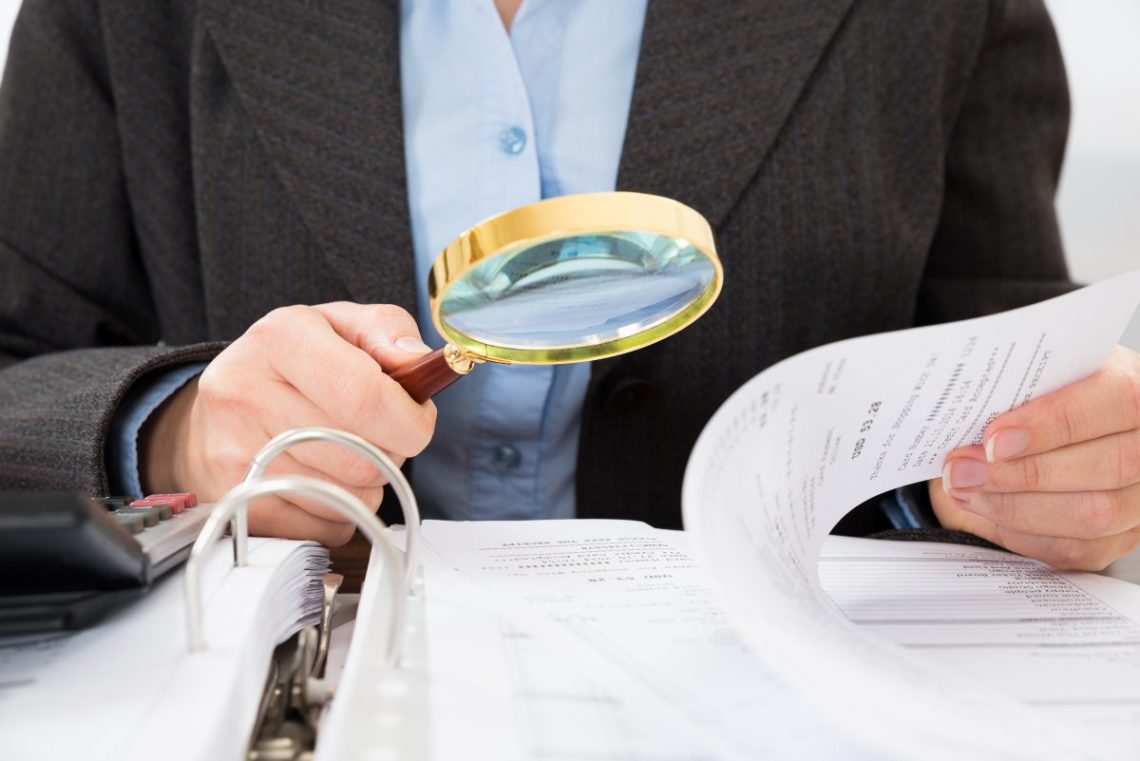So your patent application is filed, what can you expect next from the US Patent Office? Read on to learn about informality, restriction, rejection, and allowance. Continue Reading
Provisional Patent Application Expired, What to Do?
If your provisional patent application has expired after 1 year and you have not yet filed a full non-provisional patent application, you may be able to file the full non-provisional patent application late, or file a new provisional patent application. Continue Reading
How Long Does a Provisional Patent Application Last?
A provisional patent application lasts for 1 year from the day it is filed. This means you have 1 year to followup and file a non-provisional patent application. But what if the provisional patent application ends on a weekend or holiday? What if you missed the expiration date and didn’t file a full non-provisional patent application? Continue Reading
Does a Provisional Patent Application Protect Me Internationally?
Yes, a U.S. provisional patent application is recognized by most international countries. You can file a patent application in most foreign countries and that foreign patent application can use the filing date of your U.S. provisional patent application. However, you must file the foreign patent application within 12 months of when you filed the U.S. provisional patent application. Which countries recognize the U.S. Provisional Patent Application? Read on. Continue Reading
Utility Patent or Design Patent
|
Utility Patent |
Design Patent |
| Protects how the invention works. | Protects the shape of the invention only. |
| Can stop someone from making the invention, regardless of the invention’s shape. | Does not stop someone from making the invention if they make it with a different exterior shape. |
| Must explain how the invention works and how it is put together. | Cannot explain how the invention works and how it is put together. |
A utility patent and a design patent are not mutually exclusive, which means you don’t choose one or the other. You can and may need both as they protect different aspects of an invention. Continue Reading
To properly write a provisional patent application, it should have 1) a complete description of how the invention works and 2) a set of technical drawings that help explain how the invention works. The key concept is that a provisional patent application must fully describe how the invention works, including the components that make up the invention and how the components are arranged. If any portion of the invention is not clearly described, it is not protected! Continue Reading
You should file a patent application as soon as possible, and before disclosing your invention to the public. If you don’t file a patent application before disclosing your invention to the public, you must file a patent application within 12 months after disclosing your invention to the public. Continue Reading
With inventing, it’s all about who invented it first. The United States works on a system called first to file, which means it matters not who invented it first but who filed the patent application first. Filing a provisional patent application will get you a filing date, so you can hopefully be first to file before someone else.

A provisional patent application “saves the date” for 12 months. That date is saved for 12 months only. Before the provisional patent app expires, you need to file a non-provisional patent application to claim the date saved by the provisional patent application. If you do this, it’s like if you had filed your non-provisional patent app at the time of when you filed your provisional patent app. The non-provisional patent app will get the filing date of the provisional patent application. However, if you don’t file a non-provisional app before the provisional app expires, the date saved by the provisional patent app disappears.



A provisional patent application is less expensive to file because it has fewer requirements for filing than the non-provisional patent app. Many inventors file a provisional patent app first at a lower cost, then raise funds to file the full non-provisional patent app.

A provisional patent application can usually be filed faster than a non-provisional patent application because it has fewer requirements for filing than the non-provisional patent app. Many inventors file a provisional patent app first quickly, before showing their invention to the public on a website or trade show. Then, take the time to request a non-provisional patent application to be filed before the provisional patent application expires in 12 months after its filing.

A provisional patent application allows the
inventor legal use of the term “patent pending”, letting others know that you have already filed for a patent application.

Keep in mind, however, that a provisional patent application is not a patent yet and you don’t have the legal right to sue anyone for patent infringement yet. It’s a “save the date”. Only after you file a non-provisional patent application and it is approved by the US Patent Office, will you have actual patent rights.
Your invention is protected in the sense that it is filed with the US Patent Office for 12 months. Anyone applying for a patent application of the same invention will be behind you in line and you will be first eligible to get a patent. However, you get this protection only if you file a non-provisional patent application before your provisional patent application expires 12 months after its filing. If you don’t file a non-provisional patent app before the provisional patent app expires, the filing date of the provisional patent app disappears and your protection is lost.


Not only does a provisional patent application save a filing date which can be used by a United States non-provisional patent application filed within 12 months, the filing date can also be used by most countries in the world. For example, you could file a patent application in Canada before your provisional patent app expires and that Canadian app would be able to claim the filing date which was saved by the US provisional patent application.
The provisional patent application is not examined which means the US patent office will not tell you whether your invention is unique enough to get a patent. Instead, the provisional patent app is a “save the date”, saving a filing date which can be used by a non-provisional patent application you file later, within 12 months of when you filed the provisional patent app.

When you apply for a patent application, your invention is compared to prior art. If the patent office examiner assigned to your patent application considers your invention too similar to prior art, the patent examiner may decide to reject your patent application. So what is prior art? Prior art is anything in the public that is already known. This could be existing patents that were filed before you, but it does not have to be. Prior art could be patent applications that were rejected or pending, or it could even be a publication, journal, or website. Continue Reading
A patent search should be performed prior to filing a patent application. First, it tells you how likely a patent application will be approved for your invention. You don’t want to spend time and money on a patent application if the chances of approval are low. Second, it gives you an opportunity to work around existing inventions and increase your patentability. By seeing inventions that are similar to yours, you have the opportunity to improve upon those other inventions and increase your invention uniqueness. You are then able to file a patent application for the most unique and improved version of your invention, increasing your chances of patent approval. Continue Reading

